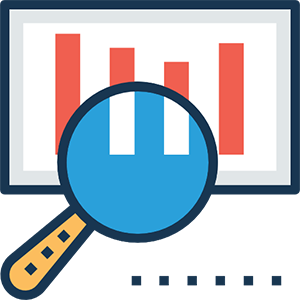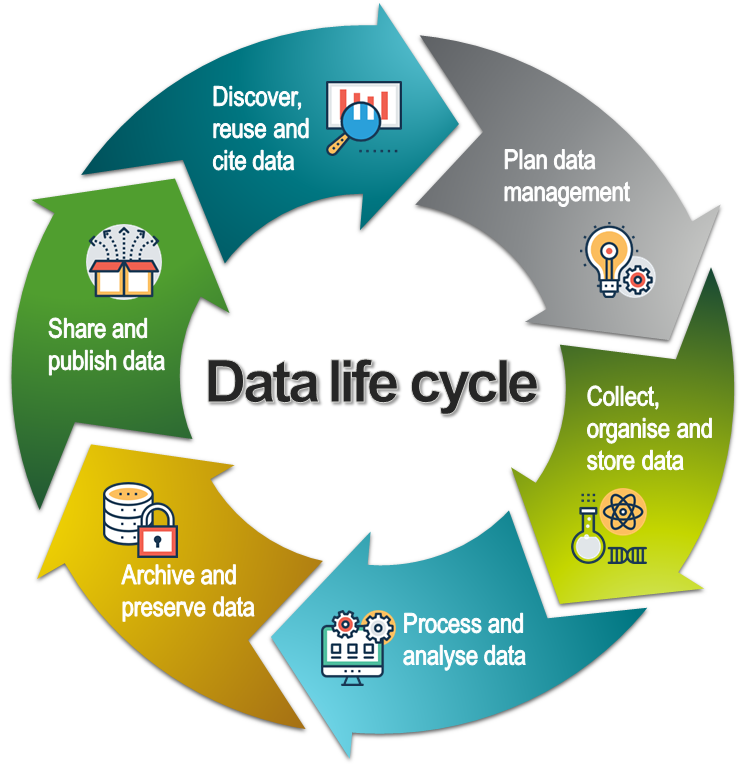Contact
Data Management Support (DMS)
dms@slu.se | www.slu.se/dms

Here you will find information on how to find published data. You will also learn about the factors to consider when re-using data for your research.
Reusing existing datasets can avoid unnecessary duplication, inspire new research, and allow datasets from different studies or disciplines to be integrated. Many funders require you to investigate whether there is already data that can be used for your research question before you collect new data.
There are many ways to discover, search, and find data. Some examples of search services and data repositories are listed on the SLU University Library’s page Find research data and environmental data.
Before using data that you have not collected yourself, you have a responsibility to respect the rights that may be held by other people or organizations (including copyright, sui generis database rights, and ethical/moral rights). Therefore, check the terms and conditions of access and use, ensure that any license applied by the author, organization, authority, etc. is suitable for your purposes, and make sure to obtain any permission or consent that may be necessary.
You also need to assess the quality of the data, its reliability, validity, etc. These questions can be used as a starting point for quality checking the data.
It is highly important to provide documentation when reusing secondary data. Make sure to address the following questions when documenting the reuse of secondary data:
You should keep sufficiently detailed documentation about data and methods to enable other researchers to locate the original data and reproduce and validate your findings.
When reusing or referring to data, you should cite the dataset just as you cite a scientific article. This is best practice even though it may not have been explicitly stated as a requirement in the license if such was associated with the data. Citing data is recognised as one of the key practices leading to the recognition of data as a primary output in its own right.
Styles and formats for citing data vary in the same way as article citation styles and formats vary. At SLU, referencing is done according to the Harvard system. According to this system, a data citation is written as follows:
Last name, initial of first name. Name of institution (Year). Title. Data archive. Version no. Persistent link.
Example (in the reference list):
Snäll, T. & Mair, L. (2018). Species distribution modelling data for Phellinus ferrugineofuscus. Swedish National Data Service. Version 1.0. https://doi.org/10.5879/ECDS/2017-03-23.1/1
Example (in-text citation):
(Snäll et al. 2018)
If you are having trouble citing data correctly, you can use the DOI Citation Formatter to automatically extract metadata from a DOI and generate a complete citation in a variety of citation styles.
This page is part of our introduction to data management. It covers the most common aspects of data management and includes best practice strategies, training resources and tips on data management tools. It is organised according to the data lifecycle (see below), a conceptual model that illustrates the different stages of data management.

The data life cycle model. CC BY SLU Data Management Support. All icons in the life cycle and on the pages are made by Prosymbols from www.flaticon.com.
Data Management Support (DMS)
dms@slu.se | www.slu.se/dms